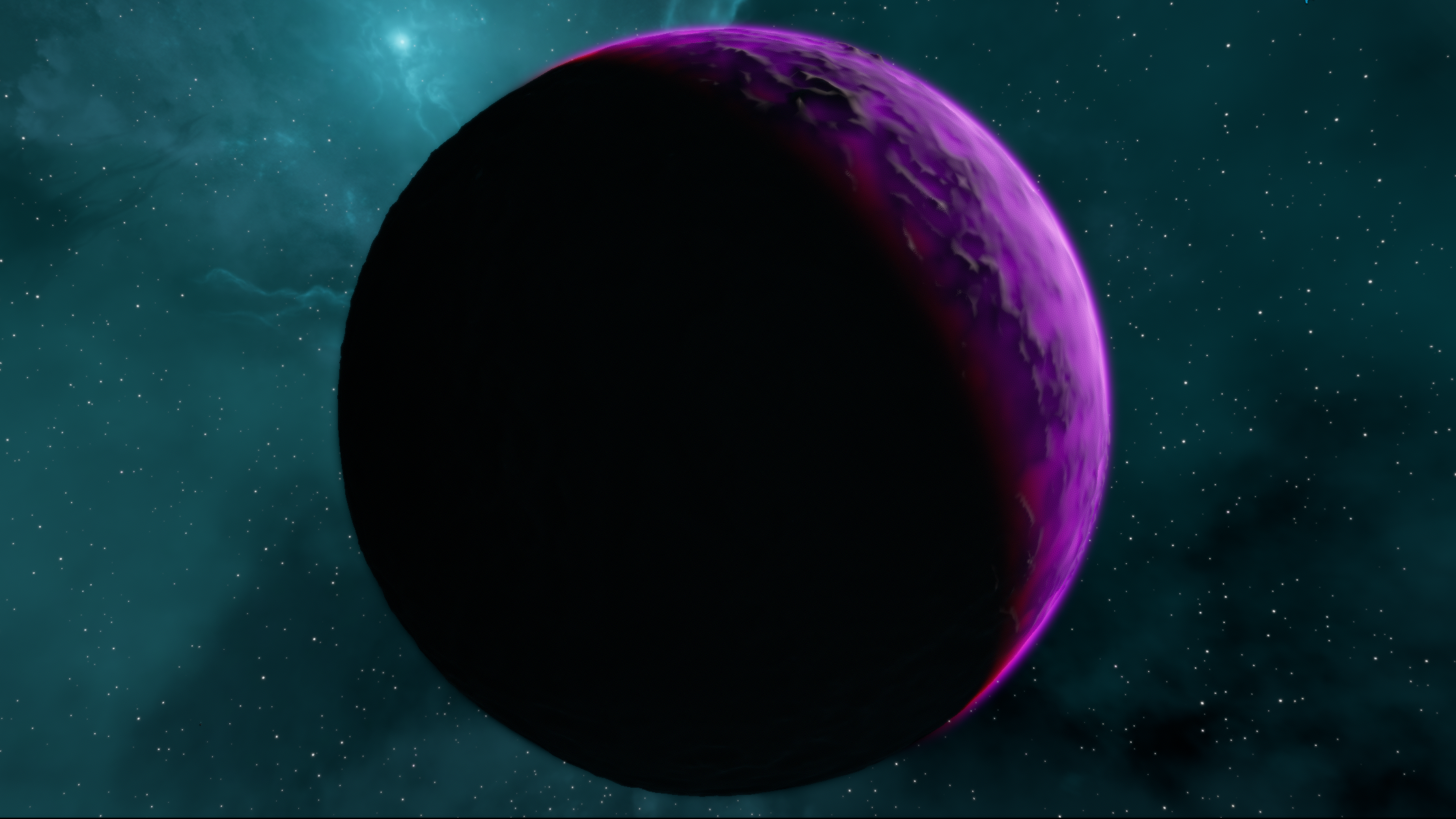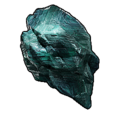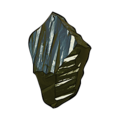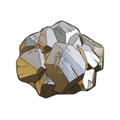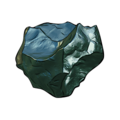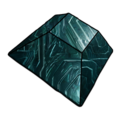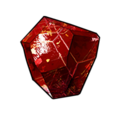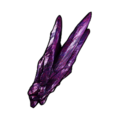Difference between revisions of "Amethystos"
(Created page with "{{SB Infobox Begin |{{SB Infobox Header |image=Image:Amethystos.png |factionLogo= |caption= |name= |border=none |edgeless=true }} {{SB Infobox Celestial Body General Information |pronunciation={{IPAc-en|a:|.|m|eɪ|.|ˈ|θ|y|s|.|tj|ʊ|s|}} |languageOrigin=Classical Latin |ipaKey=key |alias=Amethyst |class=Moon |satelliteOf=Eos |location=21st moon of Eos...") |
|||
| Line 17: | Line 17: | ||
|location=21st moon of [[Eos]] | |location=21st moon of [[Eos]] | ||
|orbitalDistance=~ 70,000 km | |orbitalDistance=~ 70,000 km | ||
|satellites=[[Ostrum]] | |||
}} | }} | ||
{{SB Infobox Celestial Body Physical Characteristics | {{SB Infobox Celestial Body Physical Characteristics | ||
Revision as of 05:40, 29 June 2024
(Classical Latin) - IPA(key)
Amethystos (/ɑː.meɪ.ˈθjs.tjʊs/) is an unusually dark moon approximately 70,000 kilometers away from Eos. During the day, its sky glows with fuchsia and a light purple, to which it owes its namesake. Since its atmosphere is held closely to the surface, ground-level fog quickly obscures the relatively flat terrain, with notable exception in mountainous regions which often extend above the atmospheric layer.
Nomenclature
Amethyste or Amethystos is supposedly a nymph in Greek mythology who is turned into a precious stone by the goddess Diana in order to avoid a worse fate at the hands of the god Dionysus, thus explaining the origin of the semi-precious stone amethyst. Although this tale has circulated a lot in various sites and books, no ancient source attests to it, and its origin is much later than either ancient Greece or Rome.
